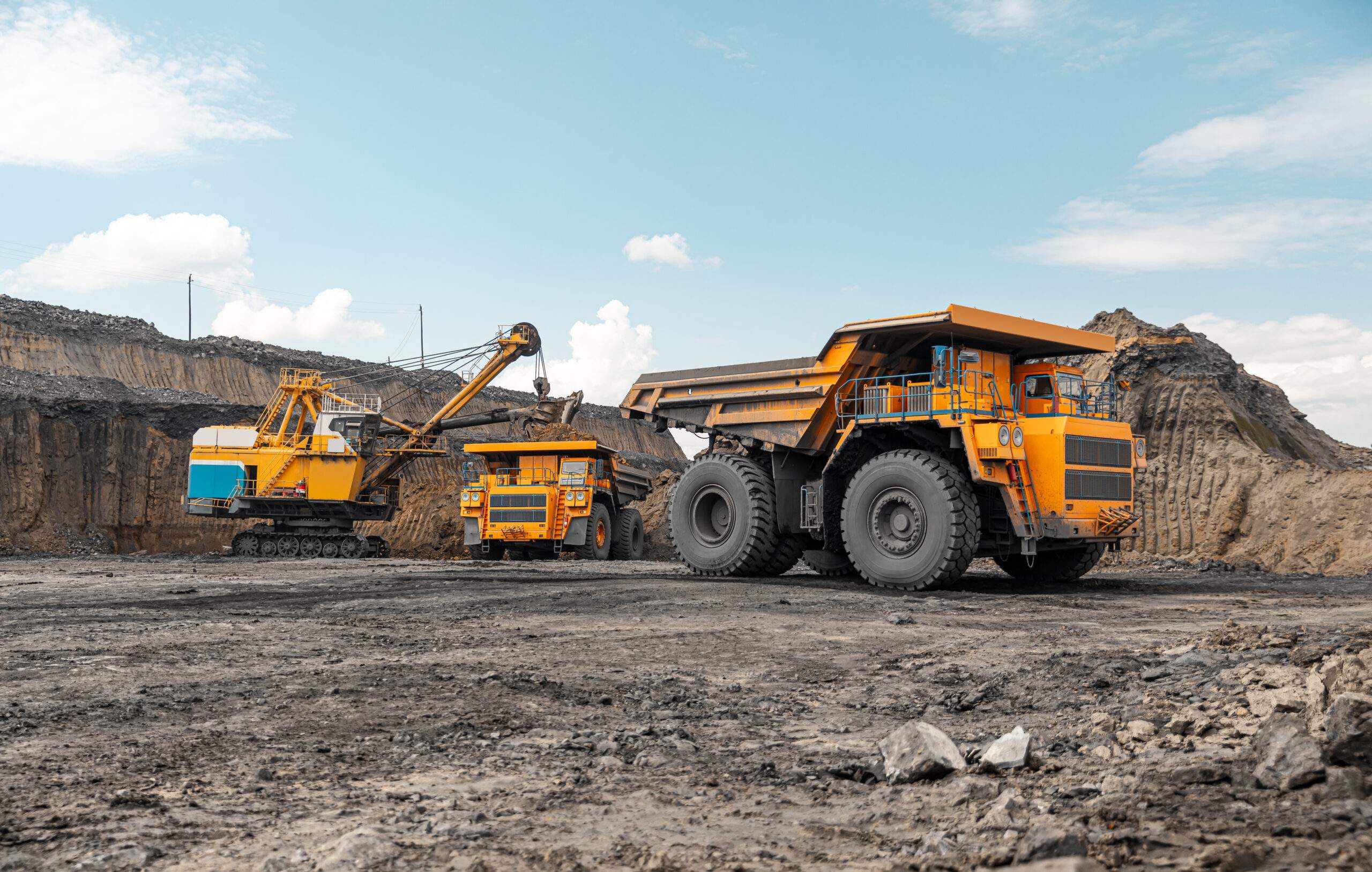Zimplats records 5% increase in mined volumes at replacement units
PLATINUM conglomerate, Zimbabwe Platinum Mines (Zimplats)’s mined volumes increased by 5% to 7.9 million tonnes (Mt) as compared to 7.6 Mt recorded in FY2023, benefitting from increased production volumes at replacement mines.
Upgrading of Bimha Mine and work on the new Mupani Mine are progressing well, with full production of 3.1 million and 3.6 million tonnes per annum due in this year and FY2029, respectively. Bimha and Mupani replaced production from Rukodzi, which was depleted in FY2022, and Ngwarati and Mupfuti mines, on depletion.
In its latest preliminary final report for the Year ended June 30, 2024, Zimplats Holdings Limited, which is listed on the Australian Securities Exchange (ASX), noted that replacement units at Bimha and Mupani contributed to the positive results.
“Notable production gains were achieved across the operation with a 6% and 20% increase in volumes mined at Bimha and Mupani mines respectively as these operations ramped up to design capacity,” the report notes.
However, the platinum miner highlighted that the quality was lowered as a result of infrastructural developments at the replacement units.
“Mined grade was negatively impacted by an increase in lower-grade development tonnages from Mupani Mine and dilution caused by traversing geological structures at the other mines, resulting in a 1% decline in the achieved 6E head grade to 3.32g/t (FY2023: 3.33g/t).
“Volumes at Mupfuti Mine declined by 4% in the period negatively impacted by trackless mining machinery availability.
“Production from Ngwarati Mine reduced by 20%, as the mine’s primary operations were depleted with operations ceasing in June 2024. The pillar reclamation at Rukodzi Mine contributed 5% of total ore mined in FY2024, whilst ground conditions remained stable.”
In keeping in line with its commitment to environmental protection and sustainability, Zimplats reclaimed areas impacted by its mining operations as well as reduced carbon and sulphur dioxide emissions.
“Zimplats rehabilitated 9.1ha of its open pit working areas during the period, in line with the previous reporting period. A further 1.2ha of tailings storage facilities was revegetated as part of the concurrent rehabilitation programme underway at the operations.
“CO2 (carbon) emissions, measured per tonne of ore milled, decreased by a notable 60% to 0.021 in FY2024 (FY2023: 0.052), benefitting from the increased availability and utilisation of hydropower at the operation.
“SO2 (sulphur dioxide) emissions, measured per tonne of concentrate smelted, decreased by 14% to 0.18 in FY2024 (FY2023: 0.21) reflecting a reduction in sulphur content of ore treated during the period.”
The platinum mining conglomerate also reported that the construction of a 35MW solar plant, the first phase of the four-phase project, is in progress at 86 percent completion.
“The project has now entered the testing and commissioning stage and is scheduled for grid connection in the first quarter of FY2025. Subsequent phases will increase total solar power generation to 185MW,” the report further notes.
Management said it continues to implement international best practices and standards at all operations.
“The company successfully retained certification to Environmental Management System ISO14001: 2015, Occupational Health and Safety ISO45001:2018 and Quality Management System ISO9001:2015 following a third-party surveillance audit during the period.”
Zimplats operates four shallow mechanised underground mines, one open-pit and two concentrators at Ngezi. The Selous Metallurgical Complex (SMC), located some 77 kilometres north of the underground operations, comprises a concentrator and a smelter.
Share this content:














